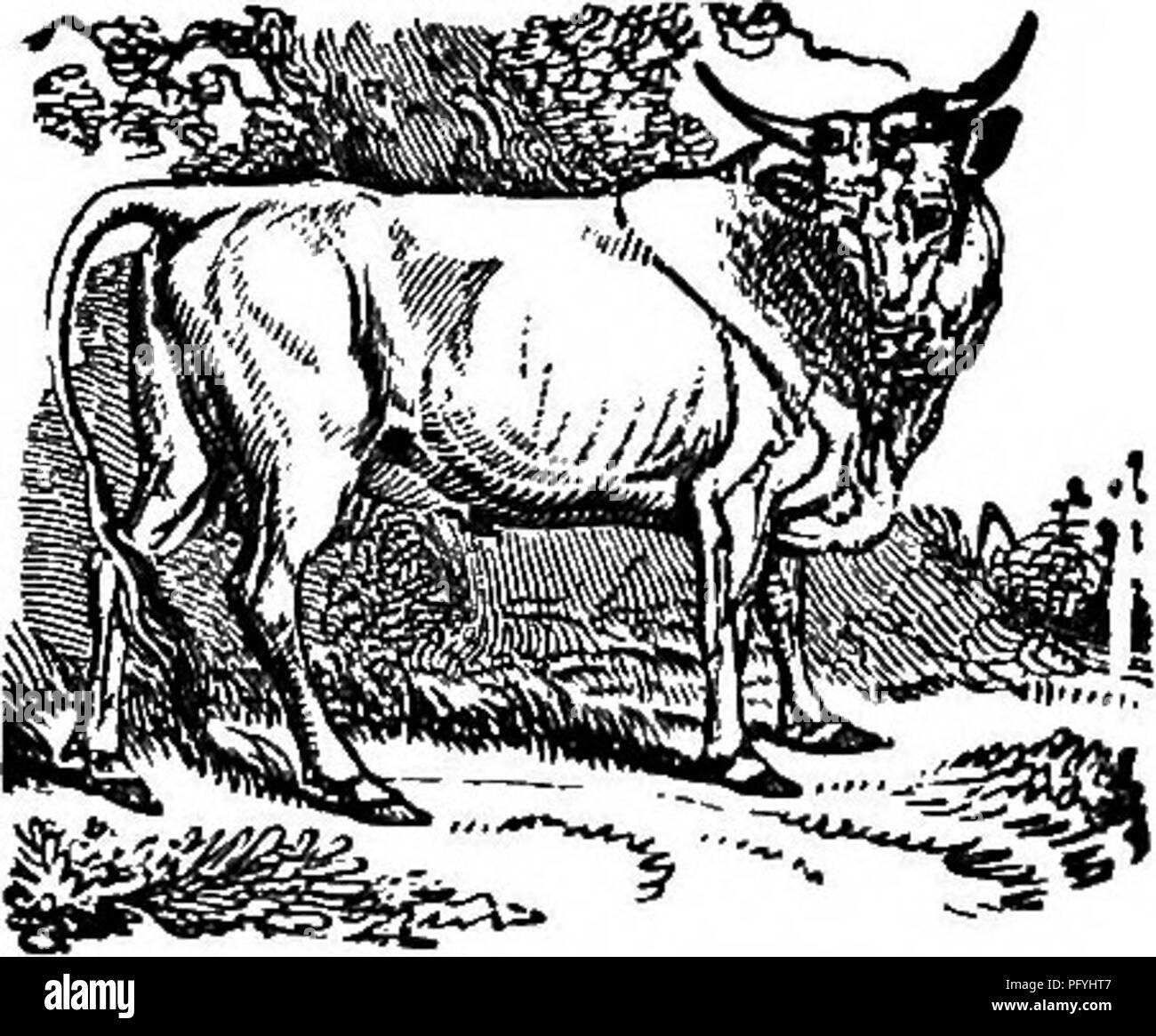. Illustrated natural history : comprising descriptions of animals, birds, fishes, reptiles, insects, etc., with sketches of their peculiar habits and characteristics . Zoology. RUMINATING QUADRUPEDS. 13?. beside the formation of their hoofs, by the possession of six inci- sive teeth in each jaw; and, in the male, of two small canine teeth in the upper, and sometimes in the under jaw, which are wanting in the female. Between these and the double teeth, or grinders, there is a vacant space, just corresponding to the angle of the lips, where the bit of the bridle is placed, by which man is enabl

Image details
Contributor:
Central Historic Books / Alamy Stock PhotoImage ID:
PFYHT7File size:
7.2 MB (411 KB Compressed download)Releases:
Model - no | Property - noDo I need a release?Dimensions:
1738 x 1438 px | 29.4 x 24.4 cm | 11.6 x 9.6 inches | 150dpiMore information:
This image is a public domain image, which means either that copyright has expired in the image or the copyright holder has waived their copyright. Alamy charges you a fee for access to the high resolution copy of the image.
This image could have imperfections as it’s either historical or reportage.
. Illustrated natural history : comprising descriptions of animals, birds, fishes, reptiles, insects, etc., with sketches of their peculiar habits and characteristics . Zoology. RUMINATING QUADRUPEDS. 13?. beside the formation of their hoofs, by the possession of six inci- sive teeth in each jaw; and, in the male, of two small canine teeth in the upper, and sometimes in the under jaw, which are wanting in the female. Between these and the double teeth, or grinders, there is a vacant space, just corresponding to the angle of the lips, where the bit of the bridle is placed, by which man is enabled to guide and restrain him. Beside the horse, which is the most valuable and highly prized of all the domestic animals, this family embraces the ass, the zebra, the dziggetai, a species between the horse and the ass in size, of a light bay color, inhabiting the cen- tral deserts of Asia, and the quagga, an inhabitant of Africa, re- sembling in shape the horse, but in stripes of dark and white colors, the zebra. RUMINATING QUADRUPEDS. Bos, or Ox, of which the Bull is the male, is a genus of quadrupeds spread widely over the earth, scarcely any country being without its peculiar breed. The horns are concave and smooth, and the front teeth, only found in the lower jaw, are eight in number. The age of this animal is known by its teeth and horns. The first front teeth fall out when it is ten months old, and are replaced by others, which are larger and not so white : at six- teen months those on each side of the middle teeth drop out, and are replaced by others; and at three years old, all the incisive teeth are renewed: they are uhen all long, white, and even; and, in proportion as the animal advances in years, they decay, and become unequal and black. The horns fall off at three years, and these are replaced by other horns, which, like the second teeth, fall off no more; only those of the ox and the cow grow larger and longer than those of the bull; the growth of these second hor